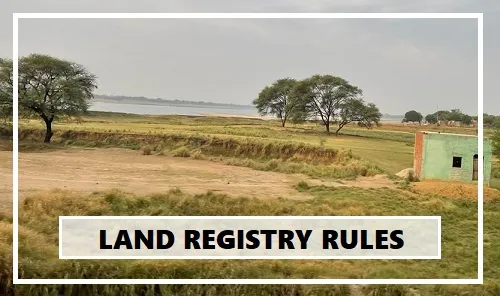The rules for buying and selling land in India have become stricter and more transparent. To prevent fraud and provide legal protection, the government has updated the list of documents required for land registration.
Now, registration will be allowed only if both the buyer and seller are present with the necessary documents.
Mandatory Identity Proofs
A PAN card and Aadhaar card are now compulsory. PAN helps track every property transaction with the government, while Aadhaar confirms a person’s identity and address.
A passport-size photograph is also required to avoid identity confusion.
Land Ownership and Revenue Records
It is important to submit land-related revenue documents such as the Khasra number, Khatauni, and Bhu-Naksha. These prove the authenticity of the land and ownership details.
Along with this, a copy of the sale agreement, payment receipts, bank statements, or cheques must be submitted to maintain transparency in the transaction.
Tax and Loan Clearance
If there are any pending loans or taxes on the land, receipts or a No Objection Certificate (NOC) must be provided. This ensures that the buyer is protected from future disputes.
Digital Registration Process
Earlier, buyers had to visit tehsil or local offices to submit documents and book appointments — a time-consuming process.
Now, most of these steps are digitized. Buyers and sellers can generate invoices, upload documents, book slots, and verify records online. This saves time, reduces middlemen, and simplifies the process.
New Innovations
Many states have introduced land registration through video calls, making the process more convenient and fraud-free.
Biometric verification and strict document checks now prevent the same land from being sold multiple times.
Result of New Rules
These updates have made land deals faster, safer, and more transparent. Both buyers and sellers can now access records and complete transactions confidently.
With digital land registries, India’s property market is set to become stronger and more reliable.
